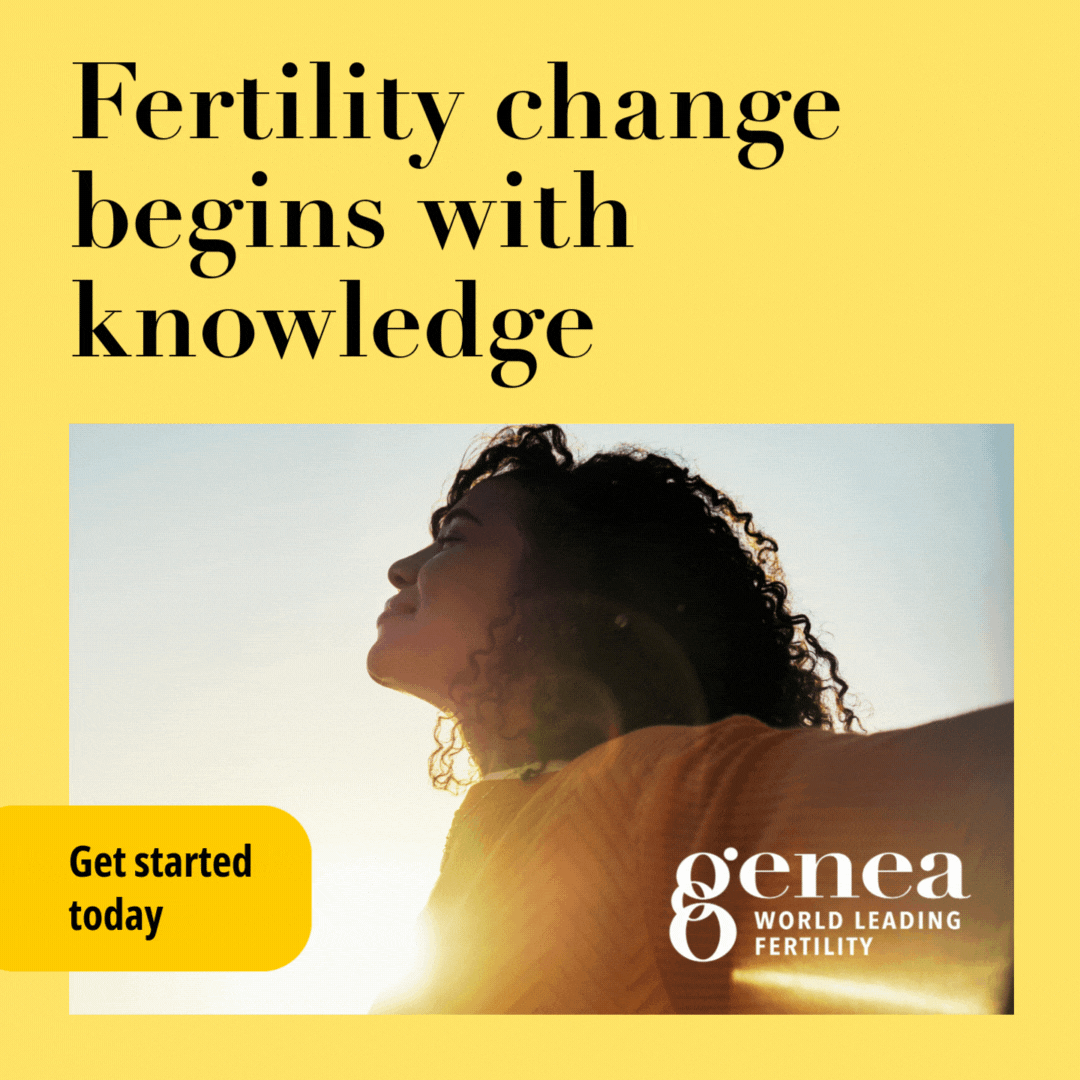The accidental budget has been laid down, with Treasurer Jim Chalmers addressing Australians tonight with the Albanese government’s vision for a second term.
As predicted, there were few new announcements made, holding true to Chalmers’ “very responsible budget” mantra. Instead, the government broadly reiterated some of the more significant promises it’s made already, including big investments in Medicare, women’s health and childcare.
Tax cuts were also high on the agenda with an admittedly “modest” increase to tax cuts in 2026 and 2027 (on top of the current rollout).
Reporting direct from Parliament House tonight, here’s the recap:
Healthcare:
The biggest health announcement made by the government in February was the unveiling of an $8.5 billion boost to Medicare which included a bulk billing target of 9 out of 10 GP appointments and an extension of urgent care clinics.
The government also reiterated its significant investment of $793 million into women’s health, aiming to provide more choices, lower costs, and improve healthcare access for women across the country.
Some aspects of this, such as PBS listings for contraceptives and menopausal hormone therapy, took effect immediately. Other initiatives will be implemented should Labor be returned to government.
From April 1 2025, more affordable access to early IVF treatment will also come into effect with women able to access combination therapy known as Pergoveris through the PBS. This was previously only funded in later IVF cycles.
Further investments were also tabled to support women and families who have experienced stillbirth, including $7.1 million to extend a range of services to reduce the stillbirth rate, with a focus on high-risk population cohorts.
Meanwhile First Nations women’s maternal health was marginally supported with the extension of services to provide midwifery continuity of care for a further 12 months to June 2026.
Cost of Living:
Households and small businesses will skim even more off their energy bills from 1 July, under a pre-budget announcement made over the weekend amounting to $150 off.
The $1.8bn measure –matched by the coalition – extends the bill relief until the end of 2025, with the $300 rebates announced in last year’s budget due to expire on 30 June.
The government will also deliver more tax cuts to Australia taxpayers, with additional tax cuts in 2026 and 2027 topping up the first round of tax cuts that started rolling out in July 2024.
From July 1 2026, the 16 percent tax rate which applies to taxable income between $18,201 and $45,000 will be reduced to 15 percent.
From 1 July 2027, this tax rate will be reduced further to 14 percent.
This amounts to an additional tax cut of $268 per year for a worker on average earnings in 2026-2027 and $536 per year from 2026-2027.
It seems like small biccies, but added on to the existing tax-cuts an average worker by 2026-2027 will save $2,548 (around $50 a week). This measure will support thousands of women who are most likely to work part time or in under-remunerated care professions.
Housing:
The government will be expanding the Help to Buy program to support Australians buy homes with lower deposits. Under the scheme, the government will provide an equity contribution of up to 40 percent.
Foreign buyers will also be restricted from purchasing existing homes for two years from April 1, 2025.
And there was also a commitment to supporting a pipeline of 55,000 social and affordable homes through initiatives like the Housing Australia Future Fund, and the Social Housing Accelerator.
Education:
The government is investing to make more permanent free TAFE places with 100,000 placements already free and implemented yearly right now, and an extension of this policy set to take effect from January 2027. This will benefit thousands of women in highly feminised industries like childcare and aged care get their education for free.
Another key policy in education is the promise of student debts cut by 20 per cent with effect before indexation applied from June 2025. This will wipe $16 billion from outstanding student loans and enable predominantly young Australians to fight cost of living pressures.
Childcare:
No new announcements in childcare were made tonight, despite the Prime Minister repeatedly noting that a universal system is his ultimate goal in leadership.
However, good inroads in this space have been made in recent times, including a $3.6 billion wage increase for early childhood educators and $426.6 million recently committed to a 3 Day Guarantee, ensuring eligible families receive at least 3 days of subsidised care.
Business:
Perhaps one of the biggest new announcements for the night, was the government’s promise to ban non-compete clauses across the private sector which currently impacts 3 million people.
Many of the industries impacted are dominated by women including health and wellness sole traders. Non-compete clauses currently place a sharp handbrake on labour mobility and stop people from starting their own ventures.
Domestic & family violence:
The Budget highlighted existing work, including strengthening the justice system responses to sexual violence and committing $21.4 million from 2025-26 for immediate, targeted measures to improve victim and survivor engagement with the justice system.
To further address domestic and family violence in First Nations communities, the government will be providing $21.8 million over two years from 2025-26.
These initiatives will bring the government’s investments in women’s safety to over $4 billion—which is important to note, however this Budget has amounted to little more than tinkering. Frontline services and violence experts are emphatic about how much more needs to be done in this space.



